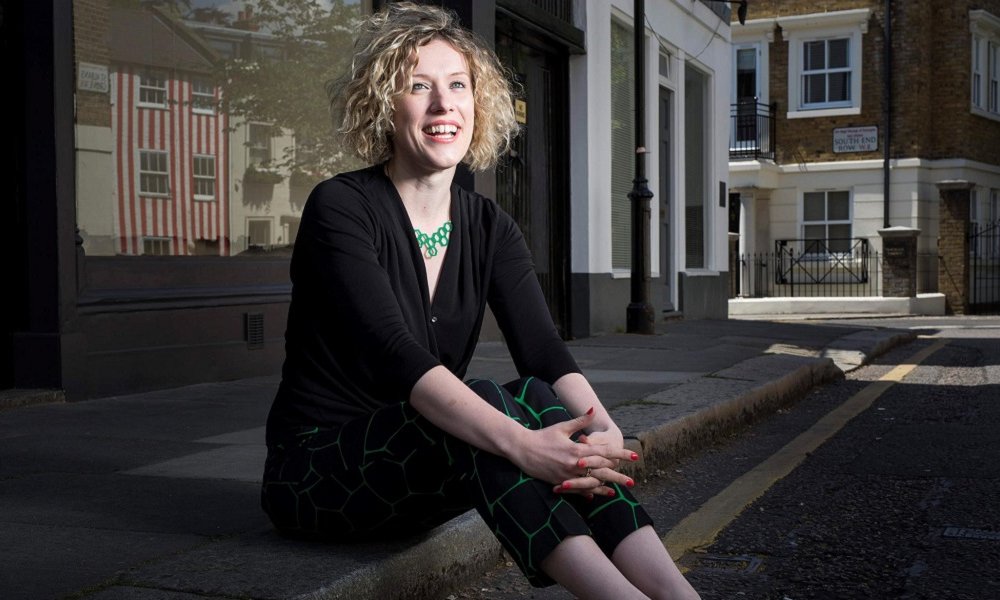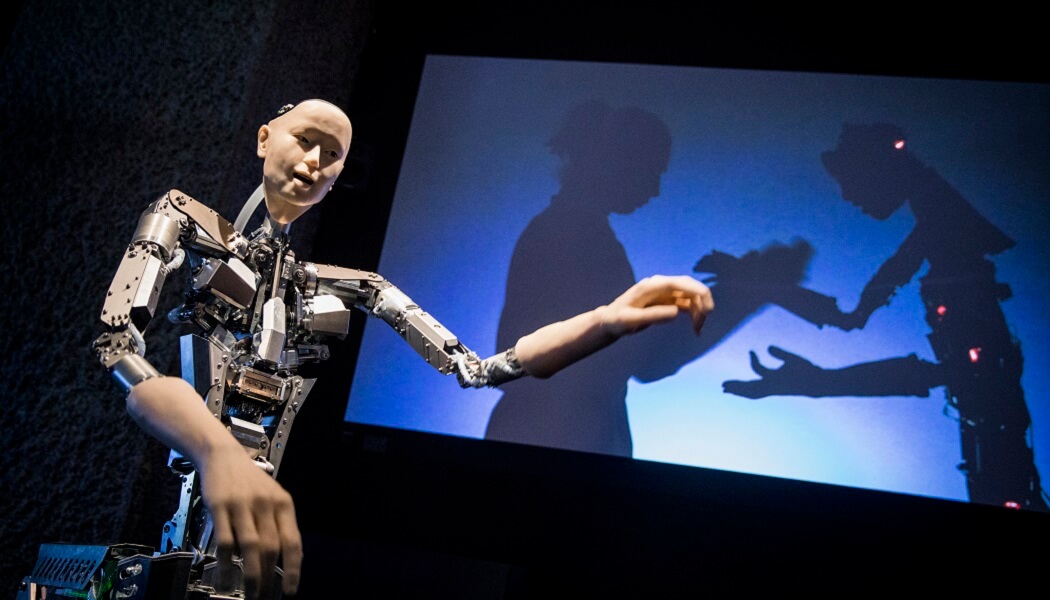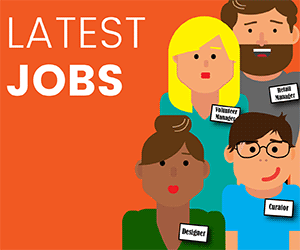The days of paper feedback forms are nearing the end, with sophisticated, technology-driven information now deemed a necessity by many museums. There are, however, several ethical concerns surrounding what data museums should be gathering about their visitors.
Curator Computer Creator: Museums and AI was a forum designed to tackle exactly that. The meeting forms part of a series of working groups organised by the Museums + AI Network, which has been funded for twelve months by the Arts and Humanities Research Council and brings together US and UK institutions; Goldsmiths, University of London; the National Gallery; American Museum of National History; and New York’s Metropolitan Museum of Art.
After the event, Dr. Oonagh Murphy, Lecturer in Arts Management at Goldsmiths, sat down with Advisor to decipher what she felt were the key messages to take away.
Artificial intelligence, it is hoped, could catapult visitor studies far beyond simply ticket sales and visitor experience. “If you can predict how many people are going to come to an exhibition,” Murphy began, “you can better design the exhibition space.
“You can also use it to ensure you have the right number of staff on. That can be quite useful from a museums management perspective, in terms of efficiency. It also makes visitors happier because they can avoid queuing.
“Some of the most interesting uses of AI aren’t reinventing the wheel, but actually are about developing museum processes so they are more efficient and more effective,” she added.

It is difficult to argue that this application of technology will bring anything other than benefits to the sector. The policing of such technologies, however, is inevitably a concern to many museum visitors, and was evident amongst public attendees of the meeting.
GDPR, the primary legislative framework to tackle data misuse, is in Murphy’s opinion nothing like a solve-all solution. “If you’ve got visitor data because they’ve opted in, you still have a lot of room in terms of what you can do when processing this data.” She also encourages museums to consider: “should we process all the data we get on someone, or only process the bare minimum?”
In addition to the information gathered through ‘opt-ins’ from mailing list recipients, Murphy also revealed the prevalence of anonymous data collection points – most of which museum visitors are unaware of.
This is where the control of data slips away from museums and ethical issues become more pronounced. “If you have Google on your phone it tracks where you go,” she continued. “When you search and it tells you if a museum’s busy that isn’t coming from the museum, it’s Google doing that.
“Some of it is happening in-house but a lot of it is done through third parties. Google doesn’t ask museums ‘Do you want us to track who’s in your building?’ It just does it anyway.”
Just because commerce or big tech are using it doesn’t mean museums should adopt it without question
Murphy says that for now at least the application of AI in museums is “very much focused on bigger organisations with bigger data sets,” but adds that in the coming years “the learnings of those organisations will distil down to smaller museums and galleries.”
The idea was floated as part of the forum that museums are and should continue to be some of the last bastions of trust in society. Where big business and governments repeatedly transgress the public’s collective trust, several attendees believed artistic and cultural institutions have a responsibility to do more. This, to a certain extent, falls in line with Murphy’s own opinions on the matter.
“I think with all areas of technology museums have to work to the mantra: just because its legal doesn’t mean it’s ethical,” she told Advisor. “Just because commerce or big tech are using it doesn’t mean museums should adopt it without question. The level of criticality museums have when considering collections is the same level they need to have when it comes to developing digital applications.”
AI at the Barbican
Perhaps ironically, the Barbican’s AI exhibition could well yield far more visitor information for the organisation if artificial intelligence was being leveraged on an operational basis.
Ticket sales are totted up and a record is kept of how many cocktails are served by Makr Shakr, London’s first ever robotic bartender, but collating data on the number of visitors ambling through and engaging with free exhibits has proven like nailing jelly to a wall.

Neil McConnon, Head of Barbican International Enterprises, acknowledges that it is “difficult to monitor those [visitor] numbers” when the entire venue is consumed by a combination of free and ticketed displays. The marketing team, he added, is very keen to understand the precise impact of this on footfall.
“Anecdotally it’s clear that is does help drive people into the gallery and ticketed events,” McConnon added, citing the benefits of this for the venue’s cafes and bars, along with making the centre “feel more dynamic and animated”.
He also notes that the most recent half term holidays saw all public spaces “absolutely jammed,” and while this may not necessarily have always translated into ticket sales immediately, ensuring young people and children experience art and cultural pursuits now is a key goal for the organisation.
In theory, one method the Barbican could utilise to better track visitors would be heat mapping, a technology already being introduced by some U.S. museums. This would also inform them which exhibits draw the most attention.
This solution was discussed off the record by attendees after the Curator Computer Creator: Museums and AI event, but it appears the unintentional consequences are putting many institutions off; particularly due to the lack of permission sought from visitors.
Consequence planning – exploring both the intended and unintended consequences of a new technology – is highlighted by Oonagh Murphy as something for any organisation to look at when considering new forms of data collection. The Goldsmiths lecturer pointed to UK-based think tank doteveryone as a good starting point for those seeking guidance on responsible data use.
It seems that ethical concerns will be high on the agenda for every public forum Murphy and her peers arrange in the Museums + AI Network series. The next of which is scheduled for 16th-17th September at New York’s Pratt Institute.
The museum-going human race seem far less capable than their artificially intelligent robotic counterparts at detaching efficiency from ethics. While many museums crave the data-led insight of AI-informed analytics, it is the moral unease over blindly harvesting visitor data that is, for now at least, setting museums apart from the corporate world.










